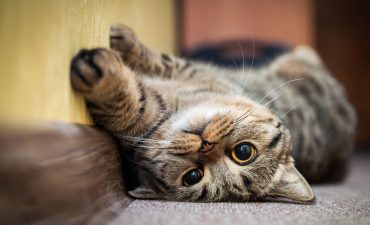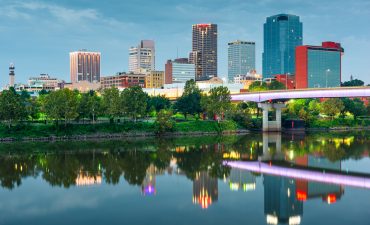The role of food in the development of a human being is extremely crucial as it provides the energy resource for the body. The process of digestion begins when food is consumed by our body through our mouth. The digestive system is made of the digestive tract and various organs that are joined in a series of tubes and ends when the waste or the excreta is thrown out of our bodies.
These organs are necessary as they help in the breakdown of the food in smaller particles that can be absorbed by the body for giving us the energy that we require. The food that we eat gets broken down into really small pieces and this passes through the digestive tract, here the digestive juices in the intestines act on it. The process of digestion is completed in the small intestine.
Parts of the Digestive system
Breakdown of food happens through the digestive system in our body. The digestive system starts with the mouth, esophagus, stomach, the small intestine and the large intestine. The large intestine is made of the colon and the rectum.
All along the mouth, stomach and the small intestine, there is thin lining known as the mucosa. The function of the mucosa is to secrete digestive juices that help in the digestion of the food through its tiny glands. The food also moves along the digestive tract with the help of smooth muscle layer that is lines the tract.
The liver and the pancreas are extremely important organs that produce the digestive juices and supply the juices to the small intestine through a series of ducts. The nervous and the circulatory system of the body are also extremely useful.
The process of digestion
When we swallow food either solid, semi solid or liquid, we chew the food and our teeth and saliva help to break down the food in smaller pieces. Then this food is pushed to the esophagus that connects to the stomach in the body. However, the point where the stomach and esophagus meet is a muscle that looks like a ring and is known as the sphincter. When the sphincter senses that food is coming through, it will relax and let the food pass to the stomach. It acts as a sort of gate that will only allow the food to pass.
When the food enters the stomach, the stomach has to perform three tasks.
1. Storage of the food particles.
2. Mixing the food and other digested semi solids and liquids with the digestive juices.
3. Empty out all these contents into the smaller intestine.
Now this semi digested food enters the small intestine and is further processed to the state where it can be absorbed by the body. The waste products are then pushed to the larger intestine from where it is thrown out of the body through the anus and the rectum.
The digestion process is aided by hormone regulators such as Gastrin, Secretin and Cholecystokinin (CCK). It is also helped by two sets of nerves known as extrinsic nerves that come from the brain or the spinal cord and intrinsic nerves that are present inside the digestive system.






